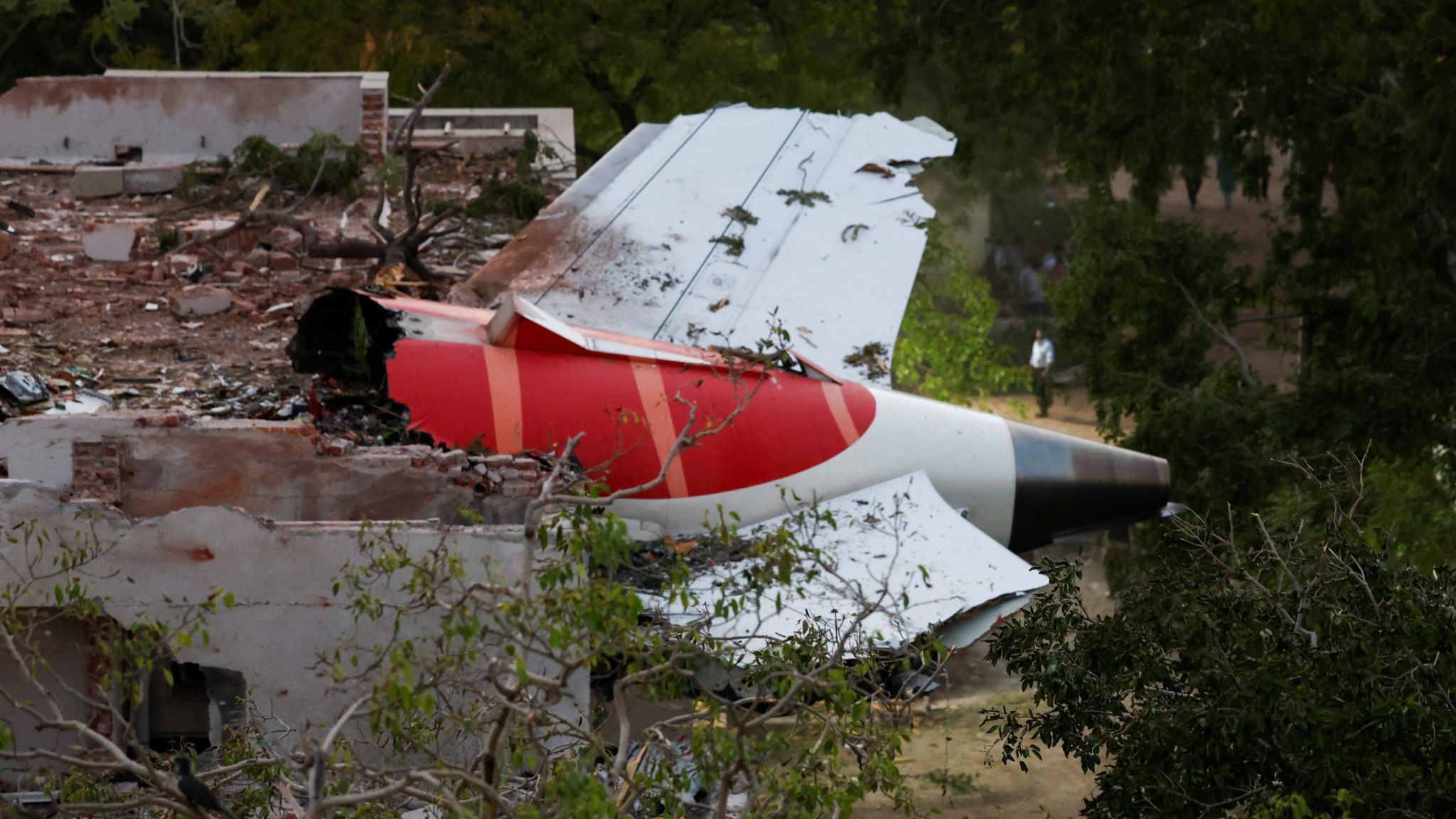Aviation Insurance Premiums Likely to Rise up to 10% After Air India Crash in India

Aviation insurance premiums in India are expected to increase by 5–10 percent in the fiscal year 2026/27 (FY27), following a surge in claims stemming from a series of recent aviation accidents, most notably the Air India AI-171 crash in Ahmedabad. The tragic incident, which may result in claims amounting to as much as USD 150 million, has heightened concerns among global reinsurers, particularly those based in London who underwrite a significant portion of India’s aviation risk.
The AI-171 crash, which involved a wide-body aircraft skidding off the runway and suffering severe structural damage, is being seen as one of the costliest aviation losses in recent years for Indian insurers. This, coupled with a rise in mid-air technical failures and ground handling mishaps in the Asia-Pacific region, is expected to influence underwriting strategies and lead to hardened reinsurance terms.
Industry officials have indicated that the spike in premium rates will primarily be driven by global reinsurers reassessing risk exposures in the region. The aviation insurance sector operates under a globally pooled risk structure, meaning losses in one region can influence premiums worldwide. According to sources in the reinsurance industry, London-based underwriters are already signaling a shift in pricing strategy due to accumulated losses and rising repair and replacement costs.
According to data from the International Union of Aerospace Insurers (IUAI), the global aviation insurance market has faced consistent pressure since the COVID-19 pandemic, with rising hull and liability claims outpacing premium income. The recent incidents across Asia are further exacerbating those challenges.
The anticipated premium hikes are likely to affect both national carriers and low-cost airlines, with operational budgets expected to tighten amid already high maintenance and fuel costs. Experts also warn that unless risk management practices improve across Indian aviation, insurers may tighten coverage conditions or introduce higher deductibles in the near term.
Meanwhile, regulatory authorities are closely monitoring the claims and the ongoing investigation into the AI-171 crash. A final report from the Directorate General of Civil Aviation (DGCA) is expected to guide future safety protocols and potentially influence underwriting standards domestically.
